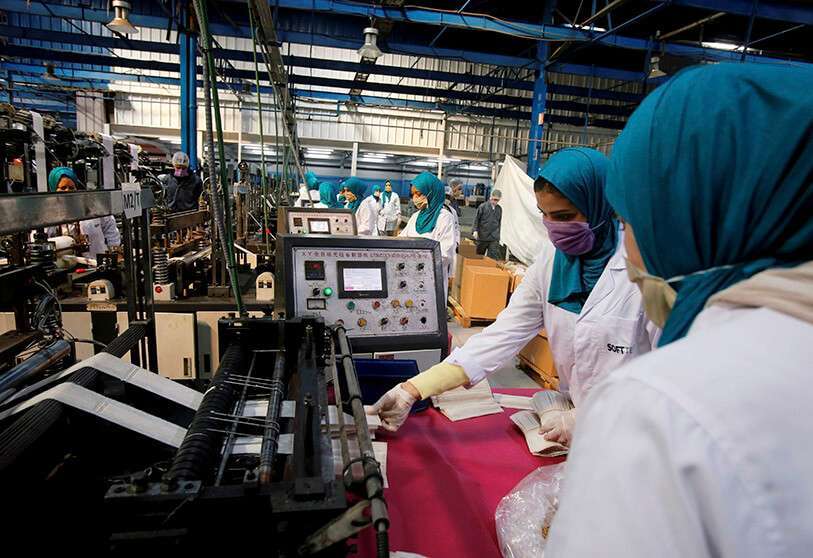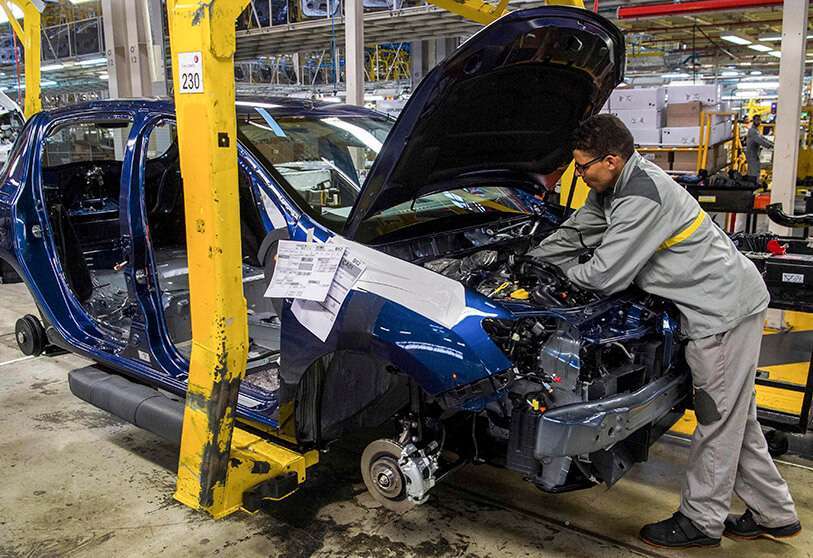Crédito y Caución prevé una recuperación económica de Marruecos en 2021

After a sharp recession in 2020, Crédito y Caución expects the Moroccan economy to rebound by close to 5% in 2021, driven by the expected gradual relaxation of containment measures, effective implementation of vaccines and weather conditions that favour agricultural performance. An important factor determining the pace of growth will be the extent of the recovery in Europe, Morocco's main external market. Although exports of goods and services are expected to grow by almost 9% in 2021, the recovery in the tourism sector will remain weak for the time being. Aeronautical and automotive goods, which account for 40% of exports, are the potential drivers of growth. Ongoing major projects to upgrade roads, ports and railways strengthen the business environment.
Morocco has undertaken structural reforms to diversify its economy, increase industrial manufacturing in sectors such as automotive, aeronautics and electronics, and create a favourable environment for attracting capital, with tax exemptions. Due to its geographical proximity to Europe, Morocco is a strategic hub for trade between Europe and Africa. Low levels of education, labour market inefficiency, barriers to market entry and limited access to finance remain obstacles to the country's development, but the potential for economic growth in the medium and long term is reasonable.

To sustain the economic recovery, the administration has supplemented its special pandemic fund with credit guarantees for businesses and announced the creation of a fund to support private sector investment. These fiscal stimuli will cause the fiscal deficit to exceed 7% in 2020 and 2021 raising public debt to 98% of GDP, well above the critical threshold of 70% of GDP for emerging economies. However, the profile of public debt supports its sustainability for the time being. About 75% is financed in local currency, which reduces exchange rate risk. At the same time, 70% of external public debt is financed by bilateral and multilateral creditors, limiting rollover risk.

Low unit labour costs and a slightly undervalued currency enhance Morocco's competitiveness. Between 2000 and 2019, GDP per person increased by 70 per cent in real terms. As a net oil importer, Morocco remains vulnerable to rising oil prices. However, with large investments in renewables, the country's dependence on energy imports is decreasing. Morocco already sources around 35% of its energy and aims to increase the share to 50% by 2030.









